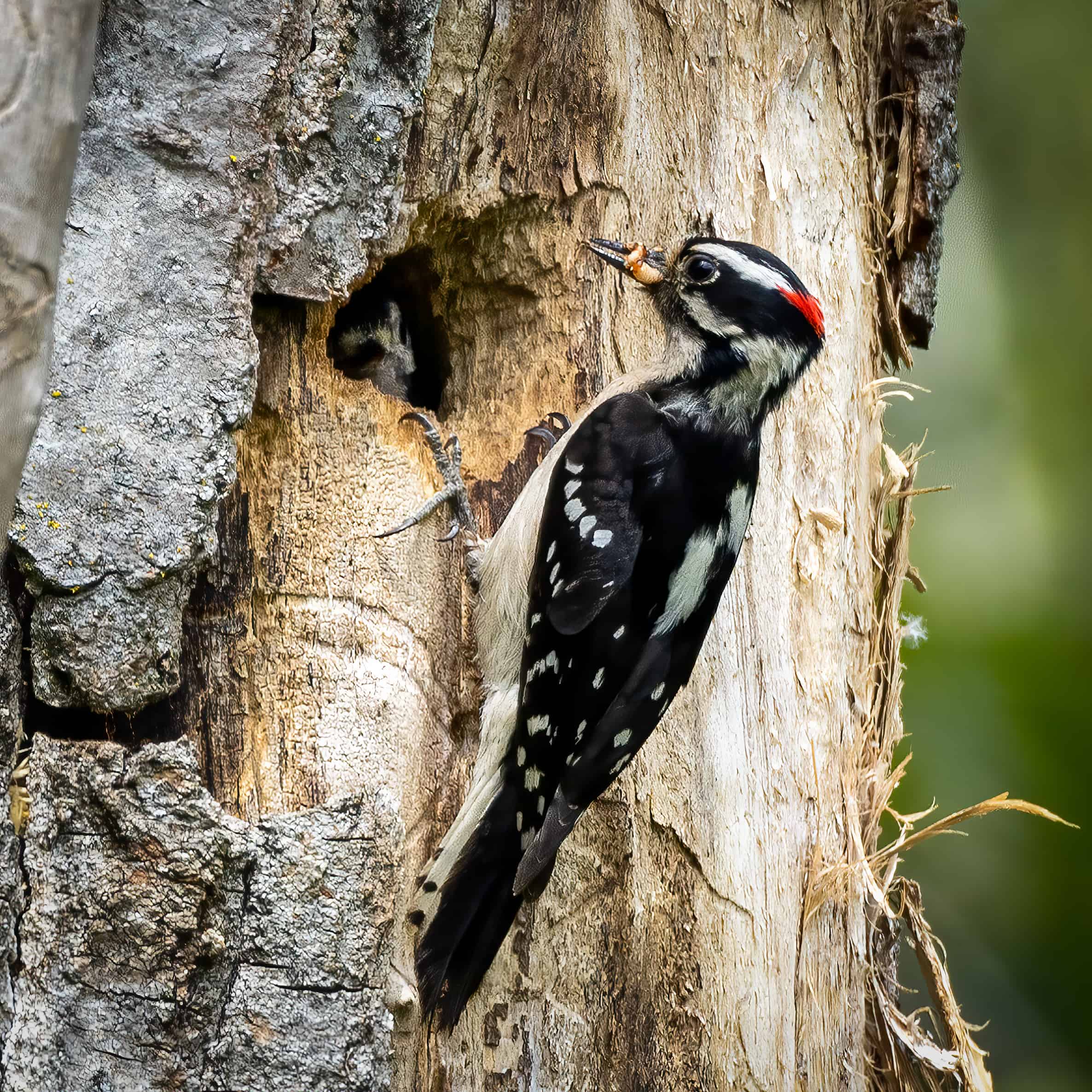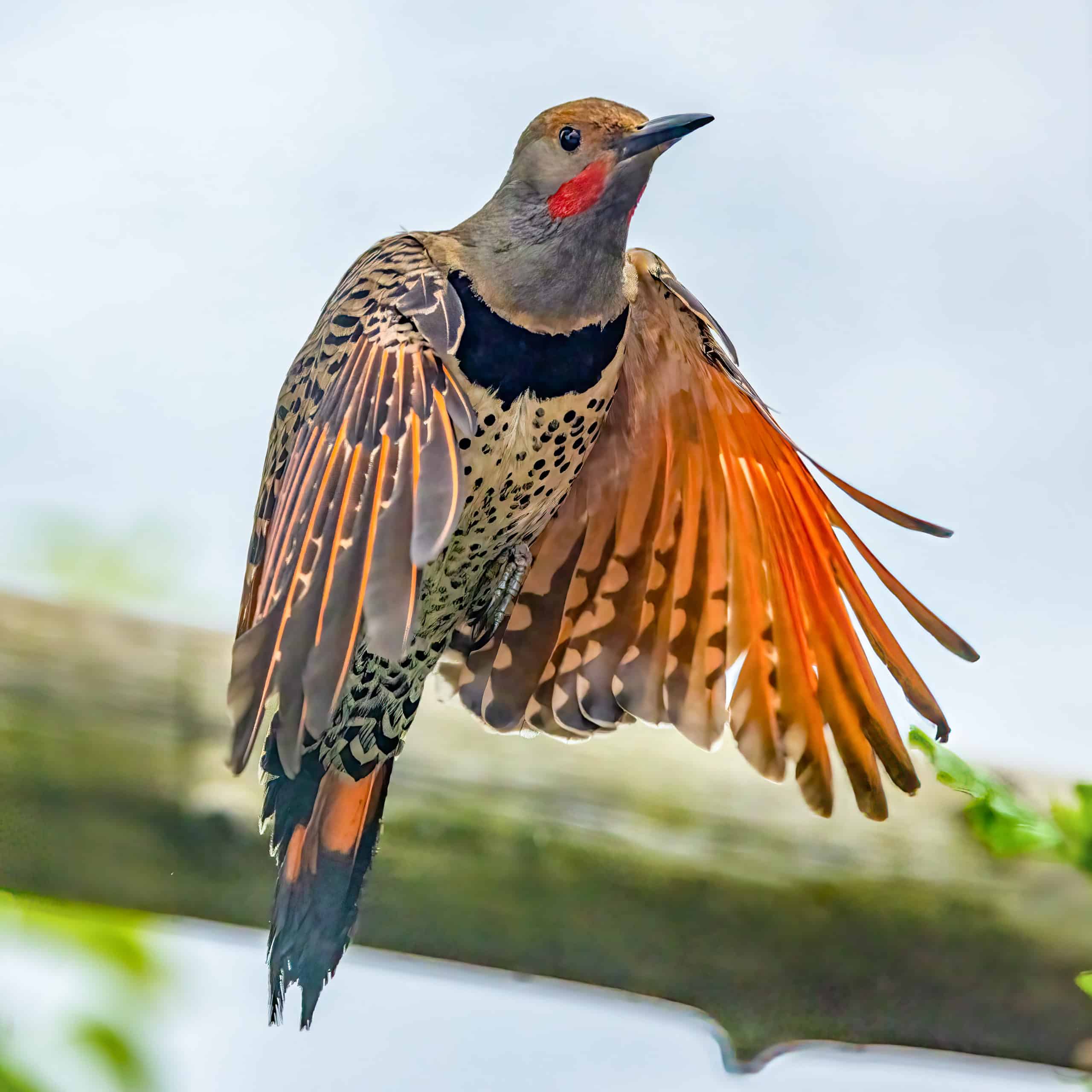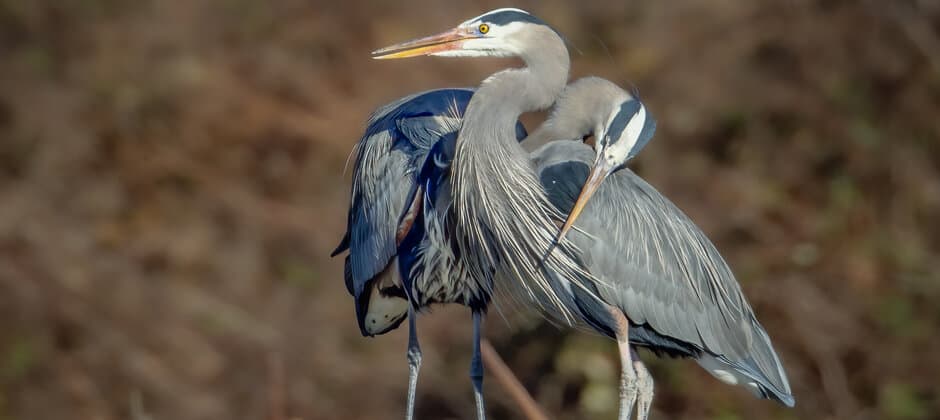Share this article
How did human activity during the COVID-19 lockdowns impact birds?
At the beginning of the COVID-19 pandemic, researchers began to worry about the fate of long-term wildlife monitoring programs.
The Breeding Bird Survey of North America was put on pause during the first spring of lockdowns, and researchers wondered if other longstanding citizen science programs would go on hiatus. Or that people would stop venturing out to add photos to platforms like iNaturalist.
But Olivia Sanderfoot, who was conducting research for her PhD at the University of Washington at the time, was intent on making sure birds were still studied in the Pacific Northwest. She wondered if there was a way to continue community involvement during tough times. In fact, she took the lockdowns as an opportunity to study how human presence, or lack thereof, influences birds in urban areas.
Sanderfoot, now a postdoctoral scholar at the University of California-Los Angeles, said that she wanted to see how birds responded “during this unique time in human history.”
She led a study published in Scientific Reports in which she and her colleagues tapped into their birding community to help them understand where people were seeing birds during the pandemic lockdowns. National media attention about the project also attracted more than 900 volunteers to enroll.

A downy woodpecker feeds its chick. This species showed a significant relationship with human mobility in the Pacific Northwest. Credit: Holly Hauser
These volunteers selected their own monitoring sites, keeping track of birds they saw for 10-minute periods during the spring of 2020. “We encouraged folks to monitor places where they felt safe and could follow shelter-in-place orders and other restrictions related to the COVID-19 pandemic lockdown,” she said. Safe places often meant their yards or nearby local parks.
Sanderfoot and her team then used data from Google’s Community Mobility Reports to track how much people were moving around in the study area during the pandemic. The reports showed the percent change in human mobility compared to a pre-pandemic baseline. “Human mobility was greatly reduced during the spring of 2020,” she said.
When comparing human movement data to bird sightings, the team found that detections of three quarters of the 46 common backyard birds monitored in suburban and urban areas in the Pacific Northwest were related to human mobility. Some of the species that showed the strongest relationships were black-capped chickadees (Poecile atricapillus), great blue herons (Ardea herodias), downy woodpeckers (Picoides pubescens) and Wilson’s warblers (Cardellina pusilla).

Northern flickers were less likely to be detected in areas with high human activity during the pandemic lockdown. Credit: Holly Hauser
Many of these species may have taken advantage of using space in cities because there were fewer people moving about.
But surprisingly, she said, human activity influenced the detection of birds in different ways—it wasn’t consistently negative.
For example, while species like the northern flicker (Colaptes auratus), black-capped chickadee and great blue heron were less likely to be detected in areas with more human traffic during the lockdowns, other species like American goldfinches (Spinus tristis), tree swallows (Tachycineta bicolor) and mallards (Anas platyrhynchos) were detected in areas where there was higher human mobility. Sanderfoot said this shows that not all species are the same when it comes to human avoidance.
These findings suggest that when lockdown restrictions began easing up and human disturbance picked up, some bird species may have left densely urbanized areas and increasingly showed up in green spaces like the parks and backyards monitored by volunteers. That points to the importance of having green space in cities, she said.
They also found that for half of the species they included in the study, during the height of the lockdowns, they weren’t strongly associated with habitat features like land use or canopy cover. “Birds may have been able to use a wider range of habitats during lockdowns,” Sanderfoot said.
This information can be useful even after the pandemic, she said. “I think this study is an exciting exploratory analysis into drivers of site use of birds in our cities. It points to this fascinating idea that birds are highly sensitive to disturbance on a day-by-day basis. It would suggest the same species-specific relationships might hold up after we resume pre-pandemic activities.”
The community involvement was an added bonus for Sanderfoot. “It was the most rewarding part of the project to engage birders in leading this community science effort,” she said.
Header Image: Great blue herons were less likely to be detected in areas with high human traffic during the pandemic lockdown. Credit: Holly Hauser








